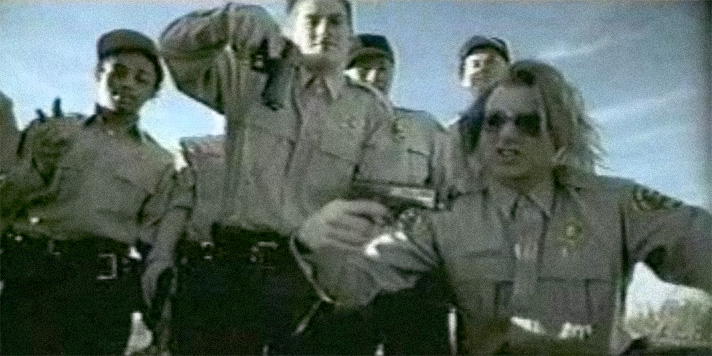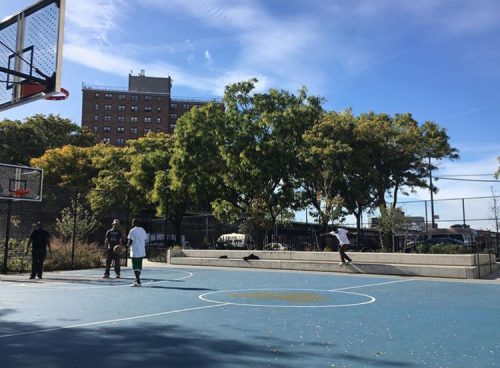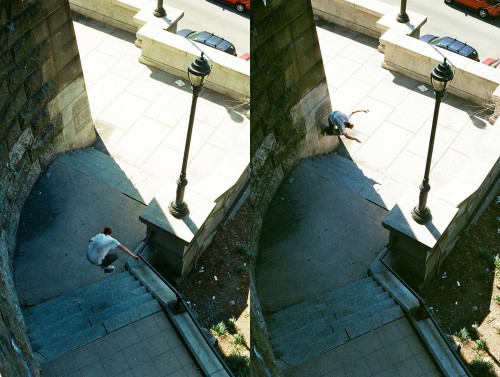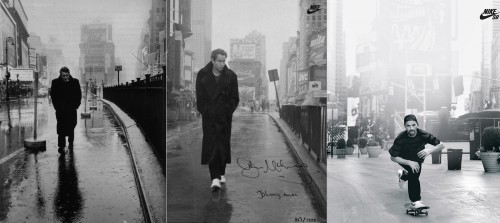
In Boogie Nights, Paul Thomas Anderson’s film about the porn industry of the 70s and 80s, Burt Reynolds’ Jack Horner gives a fateful speech admonishing the advent of home video: “I have a stable of actors and actresses. They’re professionals. They’re not a bunch of fucking amateurs. They’re proven in the box office. They get people in theaters, where films should be seen, and they know how to fuck.”
It is not hard to imagine similar tirades (maybe with a few words switched out) occurring in Powell-Peralta boardrooms as the 80s were coming to a close, and skateboarding was around the corner from a crash. Skate videos of the decade were refined and narrative-driven, and for good reason. There were only like, six tricks invented at the time, so they had to fill up those other 53 minutes in an hour-long skate video with story, personality shots and other shit.
But what would come after skateboarding’s believed-to-be demise was a rebirth. Videos like Snuff, Video Days, Tim & Henry’s Pack of Lies, and Questionable were unrepentant in their progression — they were too busy inventing modern skateboarding in front of your eyes to worry about the extracurricular malarky from the Animal Chin days. New faces and a camera thrown in a backpack was the name of the game. The old mode was dead. But for how long?
Skateboarding draws many parallels to pornography, but one of the most curious ones is an incessant need to add narrative to something that nobody watches for the story. As we will soon learn, plots returned to skate videos as quickly as they went.











